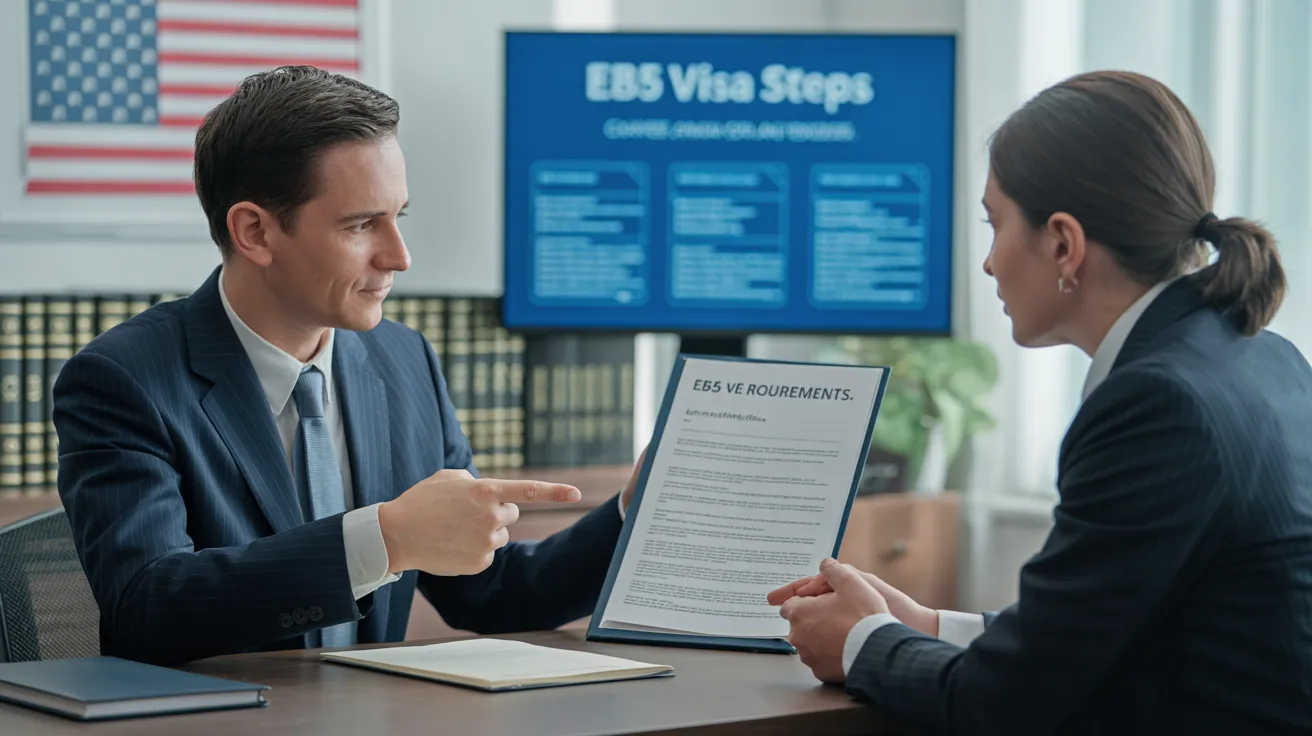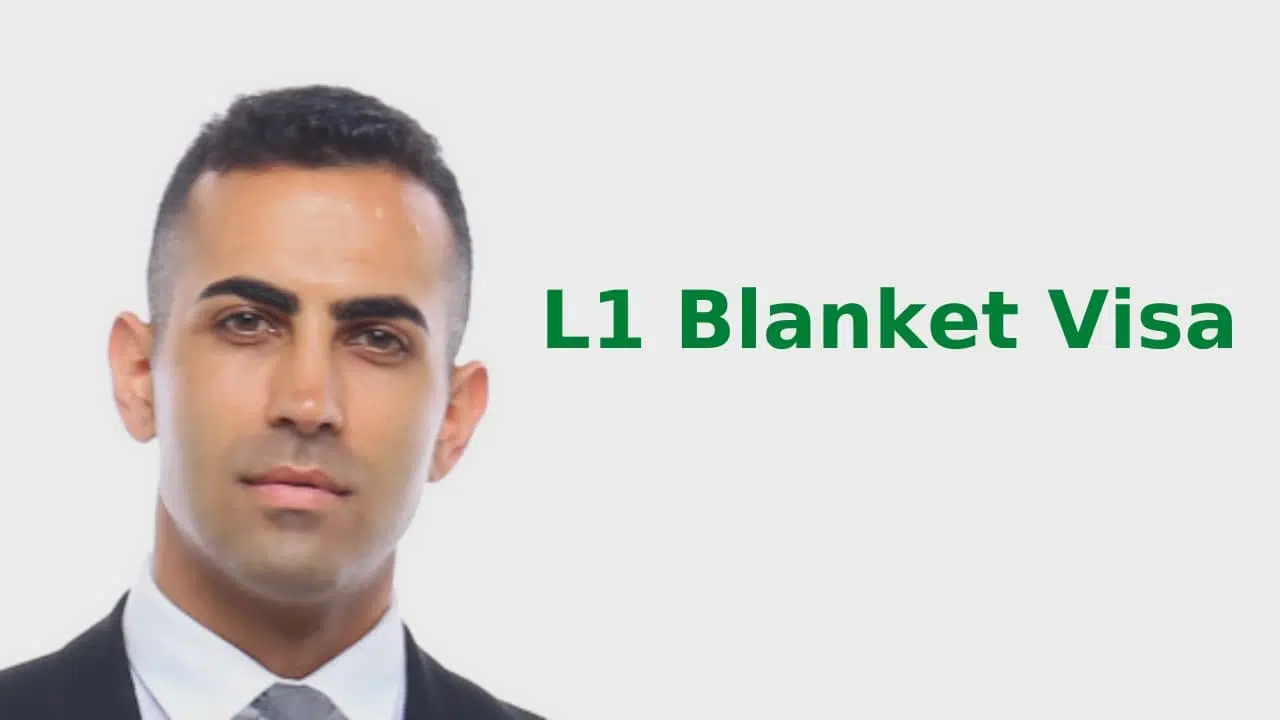The Buzz on L1 Visa
Table of Contents10 Easy Facts About L1 Visa ShownEverything about L1 VisaSome Known Details About L1 Visa Examine This Report on L1 VisaL1 Visa for Dummies5 Simple Techniques For L1 Visa
Readily Available from ProQuest Dissertations & Theses Global; Social Science Premium Collection. DHS Office of the Examiner General. Fetched 2023-03-26.
U.S. Department of State. Obtained 2023-02-08. Tamen, Joan Fleischer (August 10, 2013).
The Only Guide for L1 Visa
In order to be eligible for the L-1 visa, the foreign business abroad where the Recipient was used and the United state business need to have a certifying connection at the time of the transfer. The different kinds of qualifying relationships are: 1.
Firm A has 100% of the shares of Firm B.Company A is the Moms And Dad and Firm B is a subsidiary. There is a certifying connection between the two business and Company B should be able to fund the Recipient.
Business An owns 40% of Company B. The continuing to be 60% is owned and managed by Firm C, which has no relation to Firm A.Since Company A and B do not have a parent-subsidiary partnership, Firm A can not fund the Beneficiary for L-1.
Example 3: Firm A is integrated in the U.S. and intends to request the Recipient. Business B is included in Indonesia and uses the Recipient. Company An owns 40% of Firm B. The continuing to be 60% is possessed by Business C, which has no connection to Company A. Nonetheless, Company A, by official contract, controls and complete takes care of Business B.Since Firm A has much less than 50% of Firm B however manages and manages the company, there is a certifying parent-subsidiary connection and Company A can fund the Beneficiary for L-1.
The Best Strategy To Use For L1 Visa
Affiliate: An affiliate is 1 of 2 subsidiaries thar are both had and regulated by the exact same parent or person, or possessed and managed by the very same team of individuals, in generally the very same proportions. a. Instance 1: Business A is included in Ghana and utilizes the Beneficiary. Company B is integrated in the U.S.
Business C, also included in Ghana, possesses 100% of Business A and 100% of Business B.Therefore, Firm A and Business B are "associates" or sister firms and a qualifying relationship exists between the two business. Company B ought to be able to fund the Recipient. b. Example 2: Business A is integrated in the U.S.
Firm A is 60% contact us had by Mrs. Smith, 20% had by Mr. Doe, and 20% owned by Ms. Brown. Firm B is included in Colombia and currently utilizes the Recipient. Company B is 65% owned by Mrs. Smith, 15% possessed by Mr. Doe, and 20% had by Ms. Brown. Company A and Business B are affiliates and have a qualifying partnership in 2 various ways: Mrs.
The L-1 visa is an employment-based visa classification established by Congress in 1970, permitting multinational companies to move their managers, execs, or key workers to their united state operations. It is frequently referred to as the intracompany transferee visa. There are 2 main kinds of L-1 visas: L-1A and L-1B. These kinds are appropriate for workers employed in different placements within a firm.

Additionally, the beneficiary has to have worked in a supervisory, exec, or specialized staff member position for one year within the three years coming before the L-1A application in the international company. For new office applications, foreign employment should have remained in a supervisory or executive capacity if the beneficiary is pertaining to the USA to work as a manager or executive.
What Does L1 Visa Mean?

If given for a united state company operational for more than one year, the initial L-1B visa is for as much as 3 years and can be extended for an extra 2 years (L1 Visa). Conversely, if the united state company is recently developed or has actually been operational for less than one year, the initial L-1B visa is issued for one year, with L1 Visa process extensions offered in two-year increments
The L-1 visa is an employment-based visa classification established by Congress in 1970, allowing international business to transfer their supervisors, executives, or essential employees to their United state procedures. It is generally referred to as the intracompany transferee visa.
How L1 Visa can Save You Time, Stress, and Money.
Additionally, the recipient must have functioned in a supervisory, exec, or specialized employee placement for one year within the three years coming before the L-1A application in the international firm. For brand-new office applications, international work must have remained in a managerial or executive capability if the recipient is involving the United States to work as a manager or exec.
for up to 7 years to oversee the operations of the united state associate as an executive or manager. If released for a united state business that has been functional for greater than one year, the L-1A visa is originally approved for approximately 3 years and can be extended in two-year increments.
If given for an U.S. company operational for even more than one year, the first L-1B visa is for up to three years and can be expanded for an additional two years. On the other hand, if the U.S. business is freshly developed or has been operational for much less than one year, the preliminary L-1B visa is issued for one year, with expansions offered in two-year increments.